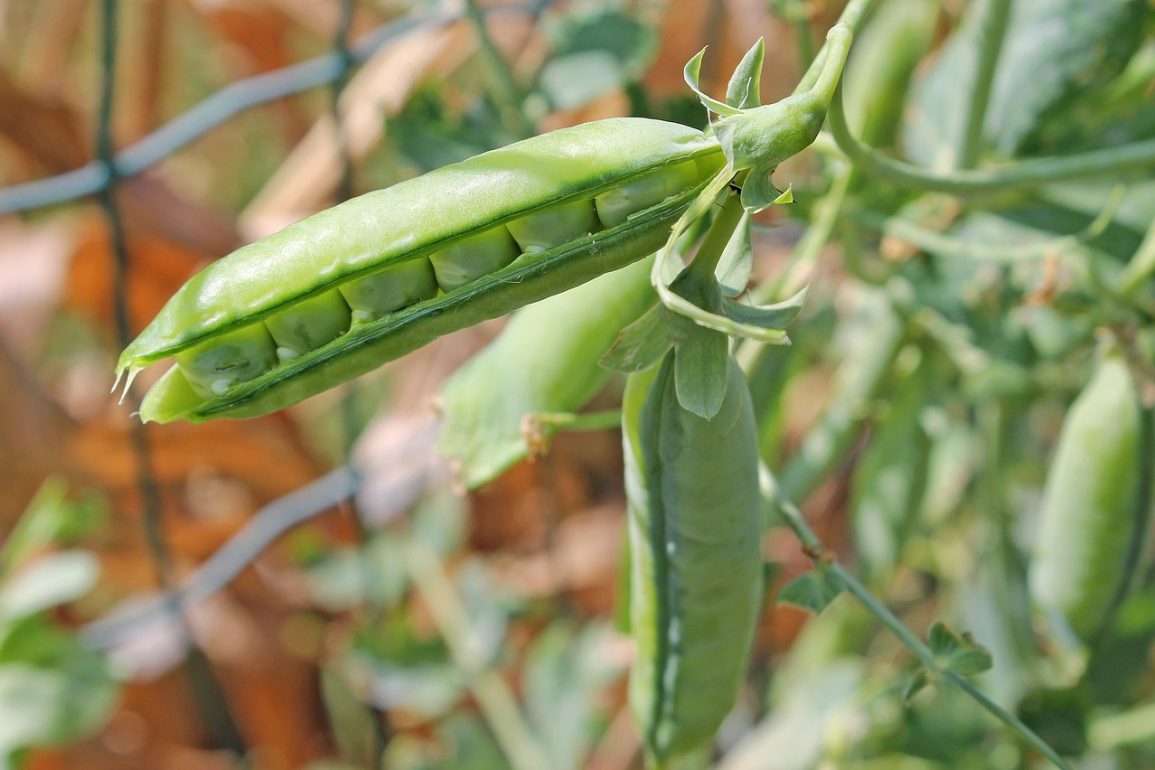An international research collaboration has unveiled the most detailed genome assembly of grass pea (Lathyrus sativus) to date, published in Scientific Data.
This new chromosome-scale reference genome has the potential to accelerate the modern breeding of this underutilized legume, which is crucial for climate-smart agriculture.
The genome, nearly twice the size of the human genome, was assembled from scratch and improves on a prior draft assembly of the vigorous grass pea line LS007.
Dr. Peter Emmrich, a researcher at the Norwich Institute for Sustainable Development, emphasized the significance of this resource for the grasspea community. ”
At a time of increasing weather shocks, this genome allows us to unlock the secrets of grass pea’s resilience, aiding in crop improvement and informing the development of other legumes,” he noted.

The enhanced genome accuracy not only allows for a better understanding of evolutionary links between species but also aids in identifying gene pathways for drought tolerance.
Dr. Anne Edwards from the John Innes Centre stated, “As we prepare for a future of increased climate change, crops that can withstand drought or flooding are essential.
This new genome brings us closer to adding grass pea to the list of climate-smart crops.”
Grass pea is grown globally, particularly in regions like Ethiopia, India, and Nepal. Known for its high protein content and resilience, it serves as an insurance crop during agricultural failures.
However, its cultivation has been limited by a toxin that can cause neurolathyrism in malnourished individuals.
The new genome sequence opens doors for gene editing and breeding methods that could yield low-toxin varieties, making grass pea a vital player in a diversified, climate-resilient food system.

